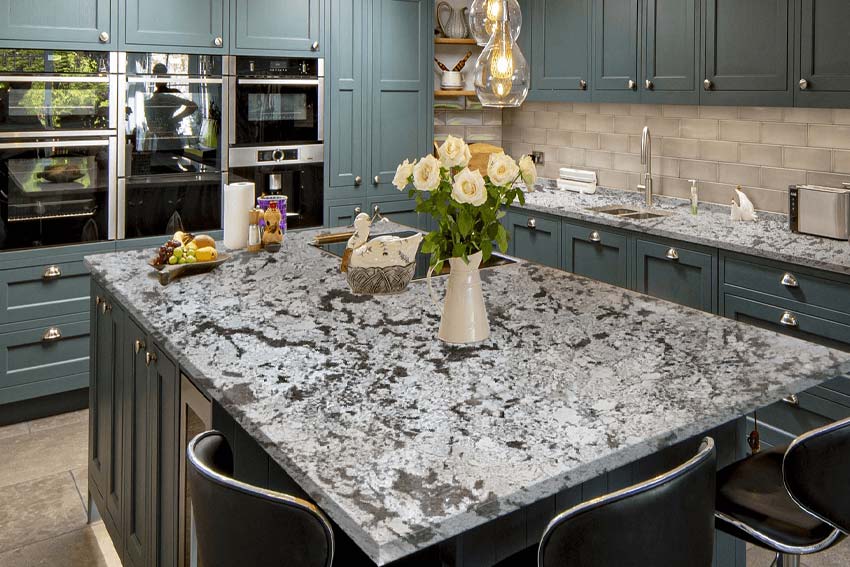Shaping granite slabs without causing cracks or imperfections requires a combination of careful preparation, the right tools, and precise techniques. Granite is a durable and dense material, but it is also brittle and can fracture if not handled properly. To begin, ensure that the granite slab is of high quality, free from internal cracks or flaws. It is essential to start with the right type of granite for your project, as certain varieties may be more prone to imperfections than others. The first step in shaping granite is marking the areas you want to cut. Use a pencil or chalk to clearly define your cutting lines. It is important to double-check these measurements to avoid making any mistakes, as precision is crucial when working with granite. After marking the lines, you need to use a proper cutting tool such as a diamond-tipped saw or blade. These tools are designed to handle the hardness of granite without creating excessive heat or pressure, both of which can cause cracks. When cutting, always apply steady, even pressure and avoid rushing through the process. High-speed, high-pressure cutting can lead to thermal shock, causing the granite to fracture.

When cutting through granite, it is essential to keep the slab cool. This can be done by using a constant stream of water to cool the cutting tool and the slab. Water reduces the heat generated during the cutting process and prevents the formation of cracks due to thermal expansion. Additionally, ensure the work surface is properly supported to prevent the slab from shifting or breaking during the cutting process. Using a sturdy table or clamps can help maintain stability. If you need to shape the edges or corners of the granite, use a grinder with a diamond abrasive pad. Start with a coarse grit and gradually move to finer grits for a smooth, polished finish. Take care to avoid aggressive grinding, as too much pressure can chip or crack the stone. Work in small, controlled motions, ensuring that the grinder does not overheat the surface. For larger or more intricate shapes, such as curves or angles, templates and jigs can be used to guide the cutting and grinding.
Templates help to maintain consistent shape and symmetry while minimizing the risk of mistakes. This is especially important for projects that require high levels of precision, such as countertops or decorative elements. After the initial shaping, the granite should be carefully inspected for any cracks or imperfections. If any minor chips or flaws are noticed, they can be repaired using an epoxy resin designed for stone. Apply the resin carefully, following the manufacturer’s instructions, and allow it to cure completely before continuing any further work on the slab. Finally, polishing the granite is essential to achieve a smooth, flawless finish. Use a polishing pad with a fine grit to buff the surface, ensuring an even shine without scratching the material and get more resource in homebusinessmag.com. Take your time and use a slow, steady motion to avoid damaging the slab. Once finished, thoroughly clean the granite to remove any dust or debris.
